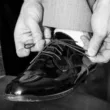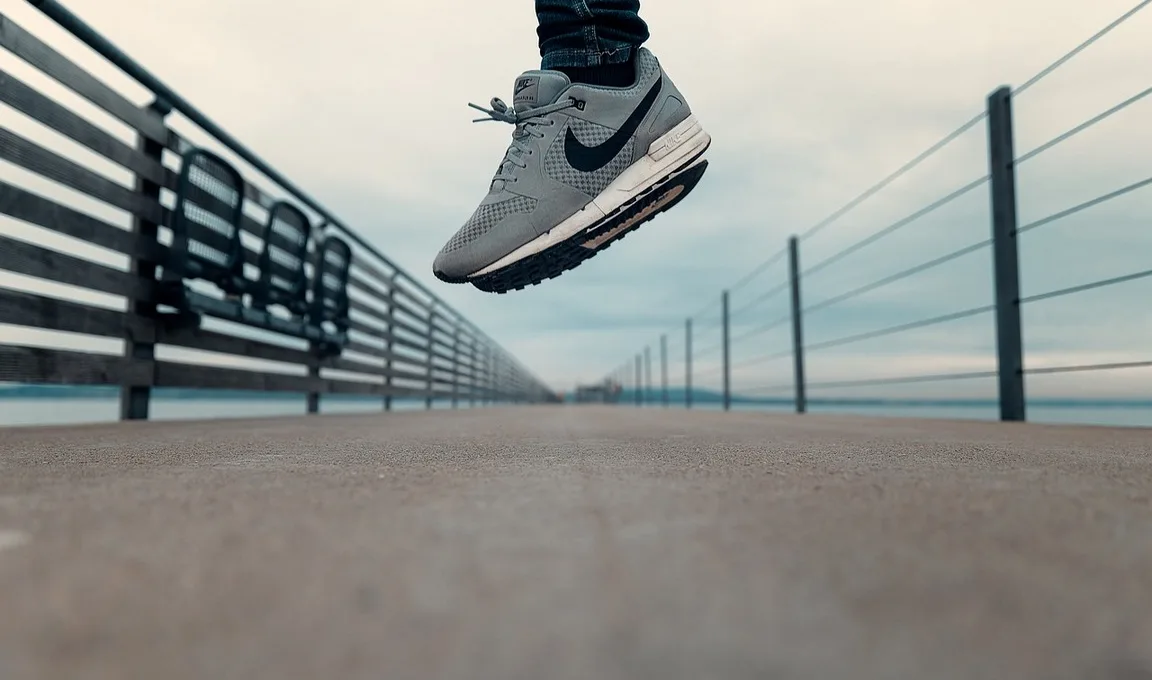One of the most common phrases used in diner conversation is “with shoes on.” This expression means to “make it a take-out order.” It’s one of hundreds of other common phrases. Learn more about the origins of the phrase here. Adam and Eve were the first humans, and they were thrown out of a garden after eating the fruit of the tree. This is one of the most common diner lingo expressions.
Adam and Eve
The first utterance of diner speak is Adam and Eve with their shoes on, and is based on the Biblical story of creation. In diner talk, “first lady” means “spare ribs,” “Eve with her lid on” means apple pie, and more. The story of the Garden of Eden is one of the most commonly used parables in American culture, although only Pat Robertson can claim to be a true believer. In diner talk, “Adam and Eve with shoes on” refers to the same dish that is served on a plate.
“Diner lingo” is a colorful code used between cooks and waitstaff. It dates back to the 1870s, when many African-Americans found employment in the kitchens of the first generation of diners. Many workers were illiterate in post-Civil War America, so diner lingo was an attempt to make sense of the incredibly large number of orders placed by diners.
“Give it shoes”
Do you know what “Give it shoes” means? It is another way of saying “make it a take-out order.” There are literally hundreds of diner lingo phrases, including this one. Here are some other examples:
“Give it boots”
“Give it boots” is another way to say “make it a takeout order.” Hundreds of other common diner phrases are just as fun to say, and they’re worth learning. These slang expressions can be used in almost any context, and are a great way to learn the language of diners. However, you’ll need to learn more about these terms to fully understand what they mean.
First of all, it is worth knowing that diner lingo evolved from oral slang that waiters used to communicate orders. This diner slang is virtually unknown outside of the United States, but it was very common during the 1920s and ’70s. It is still used in some diners today, although it’s rare to hear it in a foreign country. It was used to speed up service.
Podobne tematy




